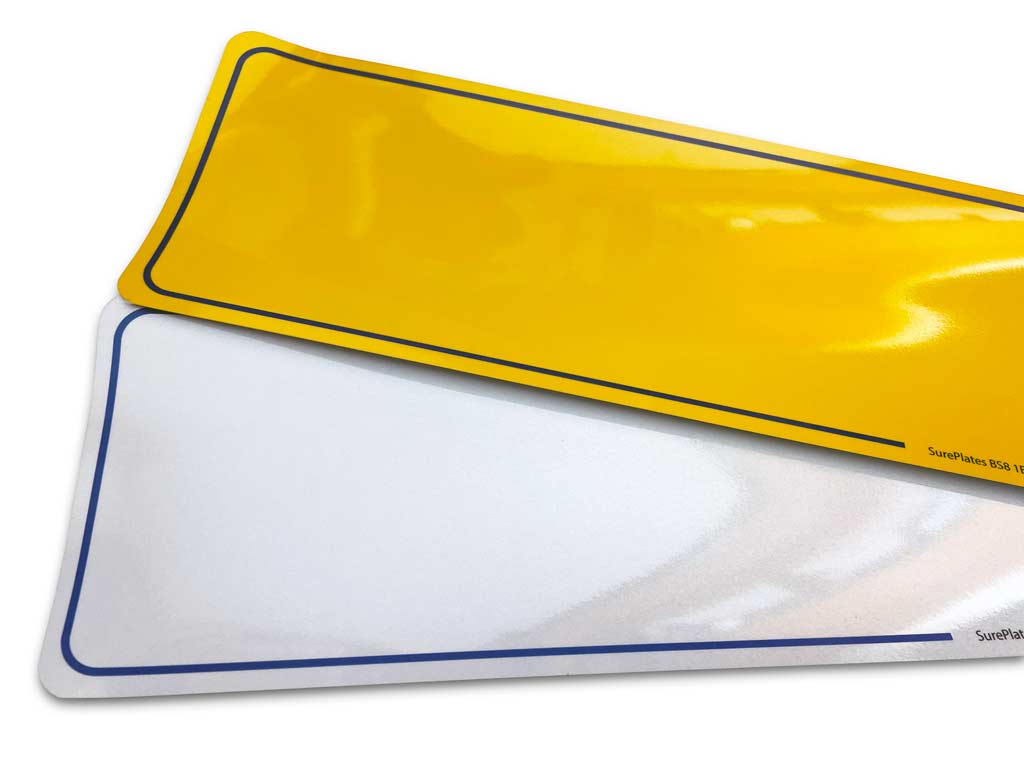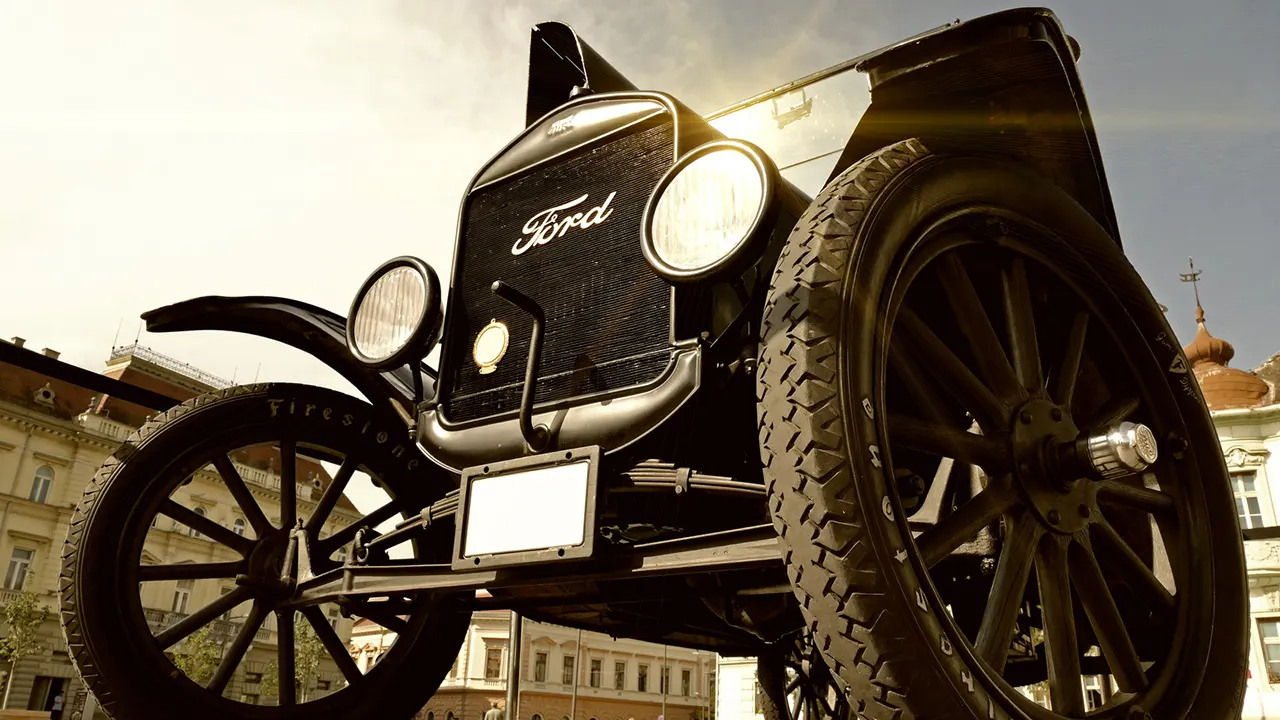If you’ve ever been to a foreign country, you may have noticed that the number plates on the cars are different in colour from what we have here in the UK. In some countries, they are all white, in others they are all yellow, while others still offer a variety of colours.
So why are different colour number plates used in the UK? What is the significance of the colours?

What is the reasoning behind the difference in UK number plate colours?
The short answer is quite simple – the law says so. The Road Vehicles (Display of Registration Marks) Regulations 2001 tells us where a front number plate is displayed, it shall be white with black characters. Where a rear number plate is displayed, it shall be yellow with black characters.
Number plates colours in the UK
In the past, UK license plates were black with silver, white, or grey characters that displayed the registration marks.
On 1 January 1973, the regulations on colour were changed to require number plates to be constructed in reflective white and yellow. The exact reason legislators decided to do this is not well documented so the history is a little vague. But, this is how today’s white and yellow number plates were created. Except for military vehicles, all regular vehicles are now required to have white front and yellow back license plates.
Further Reading
You may also be interested in: A Brief History of Cars and Number Plates
Are there any practical benefits to different coloured plates?
There are some benefits to driver’s having white and yellow coloured number plates.
- It aids drivers in determining the direction in which other vehicles are moving at a glance. It is simple to tell whether a vehicle is coming towards you or moving away from you since it has a white number plate on the front and a yellow one at the back.
- Black characters on a white background were determined to have the best contrast, with black on yellow having the next best. This aids in camera readability which in-turn aids in crime detection & prevention.
- Due to the reflective nature of the plates, higher visibility means you stand a better chance of avoiding accidents when there’s low visibility.
Why were the colours white and yellow chosen and not others?
DVLA says that number plates are coloured differently on the front & back so it is easier to tell which direction a vehicle is travelling at a glance. In situations where visibility is poor, it is beneficial for a driver to be able to tell at a glance which direction another road user is travelling in.
White number plates with black characters were determined to have the highest contrast ratio, and were selected for the front of the vehicle. Yellow plates were determined to have the next best contrast ratio, so were the natural choice for the rear plate.
Summary
The exact reason we have two colours for front & rear plates in the UK isn’t well documented. It likely came about as a result of the government trying to improve road safety and create better regulations for vehicles on UK roads.
White & yellow with black characters are the highest contrasting colour combinations, so were an obvious choice for colours. Having a high contrast ratio is important for ANPR camera systems, so has the added benefit of improving crime detection via ANPR cameras.
Having different colours on the front & back makes it easy to tell at a glance what direction a vehicle is travelling in, which improves road safety.
